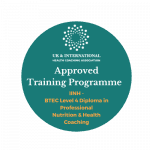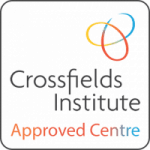Not only is dietary fat not bad for you, it is actually critical to your health & wellbeing. Fat plays a critical role in cell function, nerve function, hormone synthesis, digestion and also absorption of the fat-soluble vitamins A, D, E & K.
I’m sure that Omega-3 fats are something you are already familiar with. There are three types of omega 3 fats: ALA, DHA & EPA. ALA is found in vegetarian sources like pumpkin seeds while EPA & DHA is found in things like fish, eggs, and grass-fed meats.
It’s hard to mention omega 3 without also touching on omega 6.
Both omega 3 and omega 6 play important roles in the body. Omega 3 is known as the anti-inflammatory fat, whereas omega 6 is pro-inflammatory. Now while pro-inflammatory may sound like a bad thing, it’s not. In fact, we actually need the pro-inflammatory kind of fat to help with fighting inflammation and wound healing.
Omega 6 fats have gotten the reputation of being labelled the ‘toxic’ or ‘bad’ fats. But the reality is that there is no ‘bad’ fats in nature. Rather, it’s the quantity and ratio of omega 6:3 that can and does impact our body. The ratio we should aim for is in the region of 1:1 to 3:1 (omega 6:3) BUT in reality, most of us are consuming at a ratio in the region of 20:1.
In this video, Richard focuses on vegetable sources of Omega 3 and covers the following:
- Flaxseed oil, rapeseed oil and other plant oils
- Oxidation and how these oils may get damaged
- Cooking with oils
- Benefits of certain oils.
Enjoy and watch out for the next video where Richard will take a dive (pun intended) into the fish oils.












